Krakow's Hidden Gems: A Cultural Odyssey
Discover Krakow's enchanting landmarks, each a testament to history and culture. Explore places you can visit for free, with no money, and that you don't need to walk there like an hour or three on this free walking tour.
Time
3 Hours
Stops
9 Places
Distance
3.3 km
Main Market Square (Rynek Główny)
Start your tour at the heart of Krakow, the Main Market Square, one of the largest medieval town squares in Europe, bustling with history and vibrant street life.
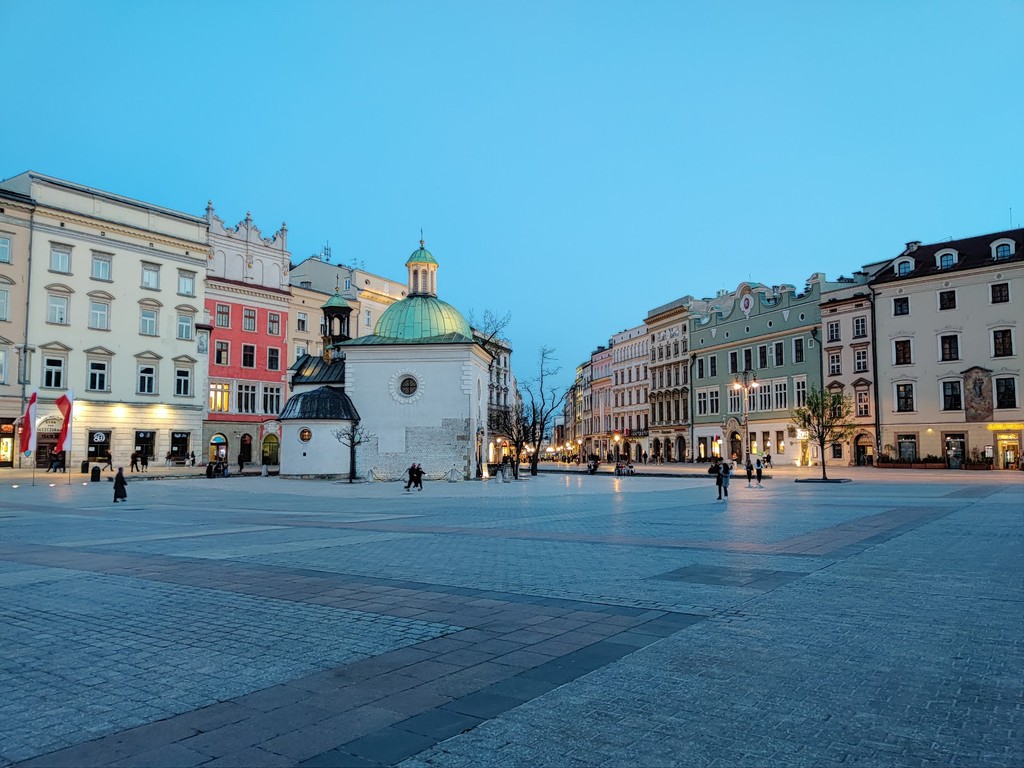
Main Market Square (Rynek Główny) (Source: Google Maps)
Main Market Square, known as Rynek Główny, is the largest medieval town square in Europe, brimming with history and vibrant life. Established in the 13th century, it has been the focal point of Krakow’s social and economic activities for centuries. The square is surrounded by stunning architecture, including the Cloth Hall, St. Mary's Basilica, and various historic townhouses. Visitors can experience a lively atmosphere with street performers, local vendors, and cafes. The square is also home to several important events and festivals throughout the year, making it a cultural hub for both locals and tourists.
Cloth Hall (Sukiennice)
Located in the center of the Main Market Square, this Renaissance hall is a symbol of Krakow's mercantile heritage and offers a glimpse into the city's past.
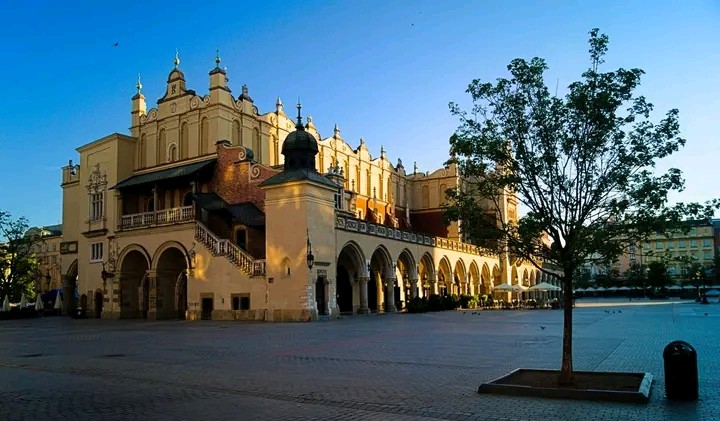
Cloth Hall (Sukiennice) (Source: Google Maps)
The Cloth Hall, or Sukiennice, is a Renaissance-style market hall located in the center of the Main Market Square. Originally built in the 14th century, it served as a major trading hub for textiles and goods, reflecting Krakow's mercantile heritage. The hall features a beautiful façade adorned with sculptures and a roof lined with dormer windows. Inside, visitors can explore an array of stalls selling local crafts, souvenirs, and traditional Polish products. The Cloth Hall also houses the Gallery of 19th-Century Polish Art, showcasing works by renowned Polish artists, making it a significant cultural landmark.
St. Mary's Basilica (Kościół Mariacki)
Just a stone's throw from the Main Market Square, admire the stunning Gothic architecture of St. Mary's Basilica, known for its impressive altarpiece and hourly trumpet signal.
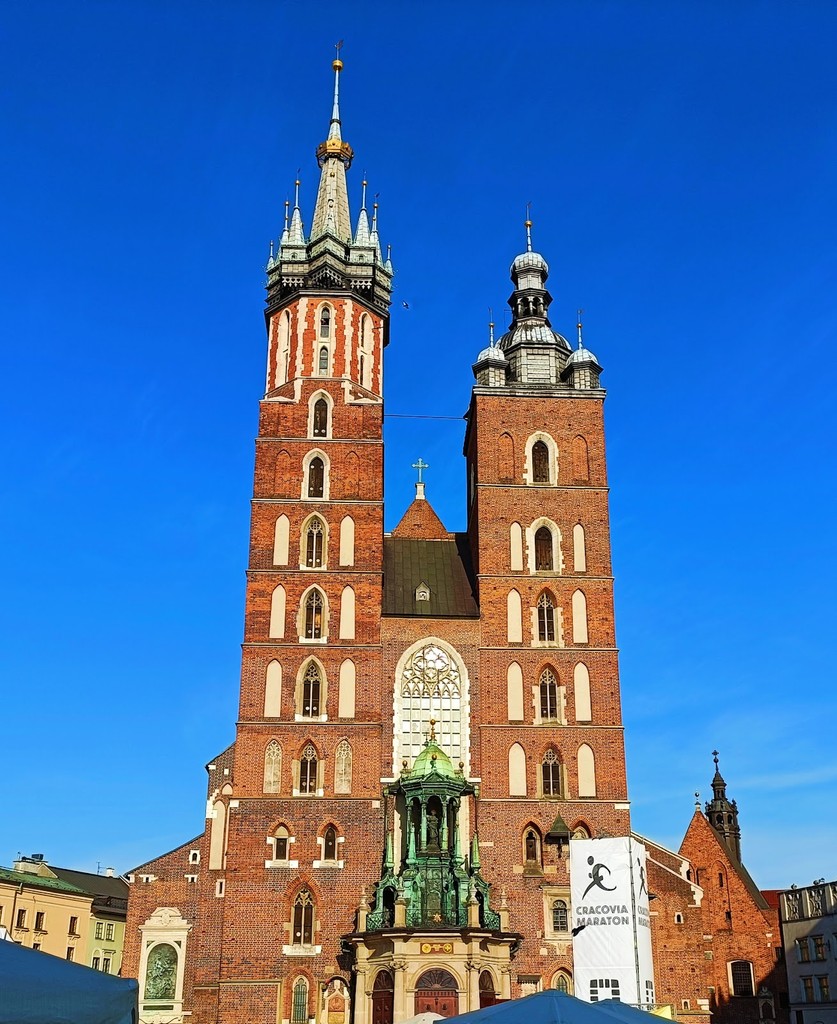
St. Mary's Basilica (Kościół Mariacki) (Source: Google Maps)
St. Mary's Basilica is a stunning example of Gothic architecture, located just off the Main Market Square. The basilica is famous for its intricate altarpiece, crafted by Veit Stoss in the late 15th century, which depicts the Assumption of the Virgin Mary. Each hour, a trumpet signal, known as the Hejnał, is played from the highest tower, commemorating a historic event when a trumpeter was shot while warning the city of an impending attack. The interior is richly decorated with beautiful stained glass windows and sculptures, making it a must-visit for anyone interested in art and history.
St. Florian's Gate (Brama Floriańska)
A short walk from the Main Market Square, St. Florian's Gate is a medieval fortification and one of the few remaining parts of Krakow's old city walls.
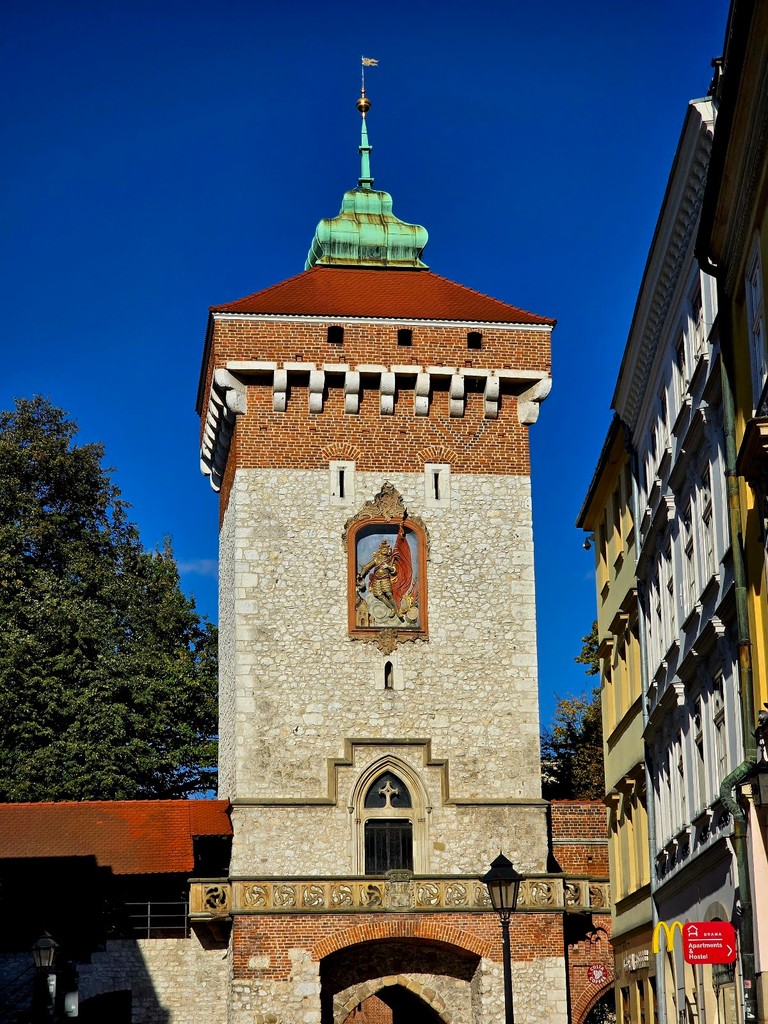
St. Florian's Gate (Brama Floriańska) (Source: Google Maps)
St. Florian's Gate is one of the last remnants of Krakow's medieval city walls, serving as a significant historical landmark. Built in the late 14th century, this impressive gate features a tall tower adorned with a statue of St. Florian, the city's patron saint. The gate originally served as a defensive structure, protecting the city from invaders. Today, it marks the beginning of the Royal Route, a historic path leading to Wawel Hill. Visitors can admire the gate's Gothic architecture and explore the surrounding area, which is rich in history and charm.
Barbican
Continue your journey to the Barbican, a circular fortress that once guarded the main entrance to the city, showcasing Krakow's medieval defensive architecture.
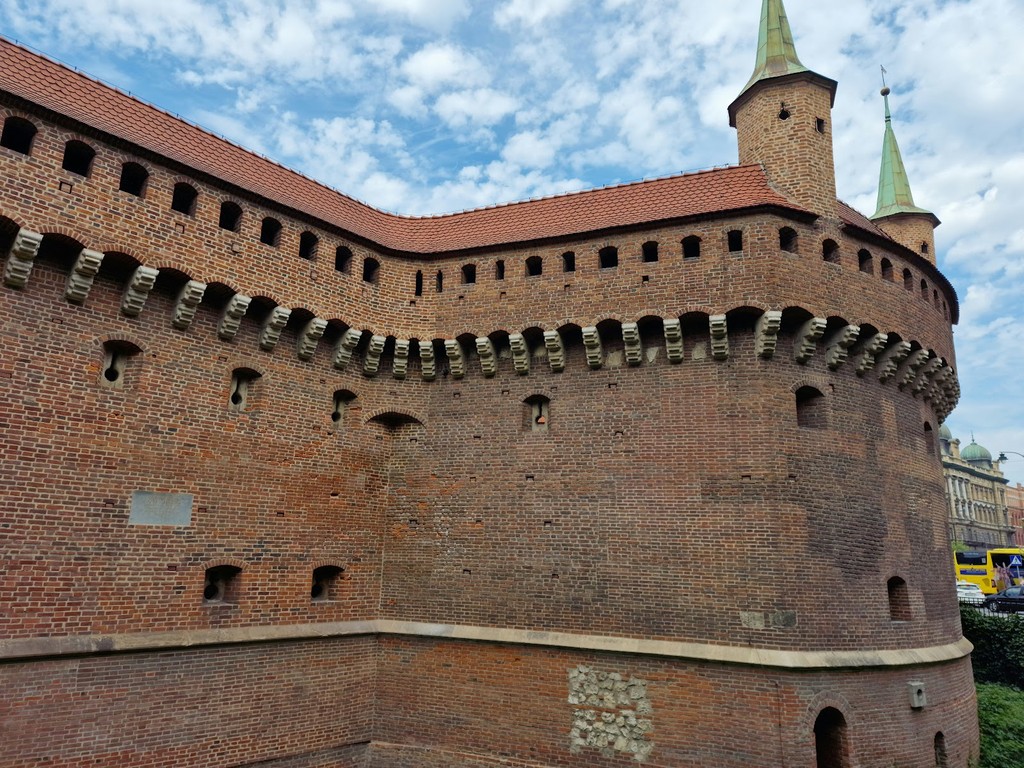
Barbican (Source: Google Maps)
The Barbican is a circular fortress that once stood as a formidable defense against invasions, acting as the main entrance to Krakow. Built in the late 15th century, it features thick stone walls and a unique design that showcases medieval military architecture. The Barbican is surrounded by a moat and is connected to the city walls, providing insight into the city's historical defenses. Today, it serves as a popular tourist attraction, where visitors can explore its towers and learn about the history of Krakow's fortifications. The Barbican is a testament to the city's rich heritage and architectural prowess.
Planty Park
Take a leisurely stroll through Planty Park, a beautiful green belt that encircles the Old Town, offering a serene escape amidst the historical backdrop.
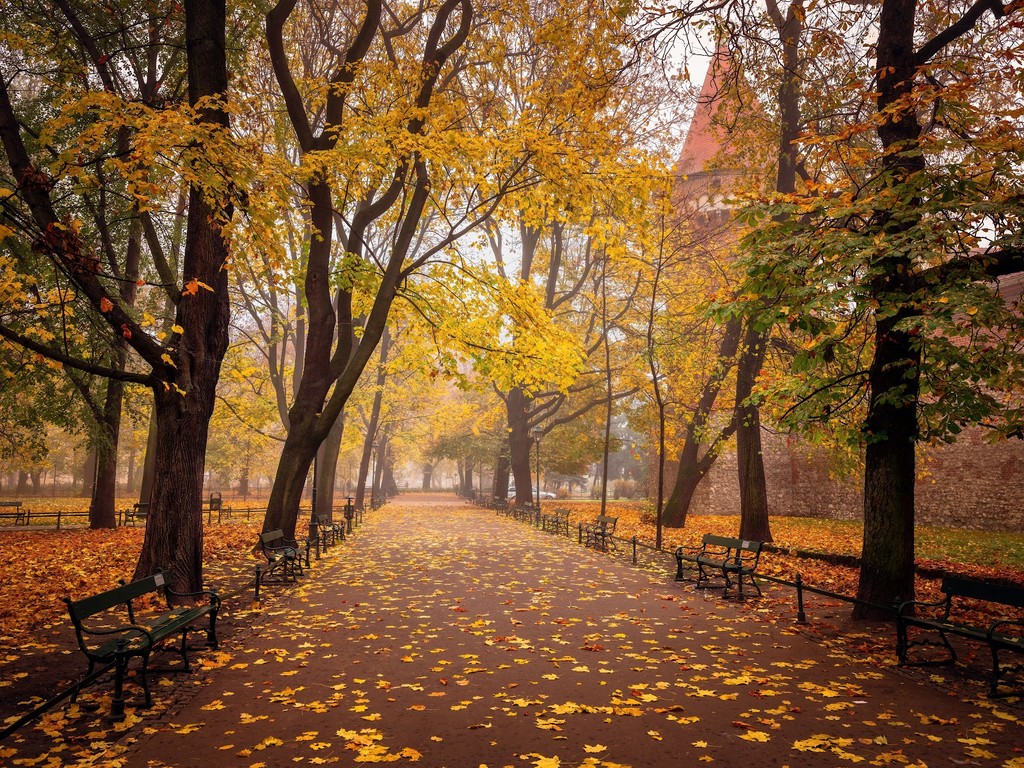
Planty Park (Source: Google Maps)
Planty Park is a picturesque green belt that encircles Krakow's Old Town, offering a serene escape amidst the city's historical backdrop. Established in the 19th century, the park replaced the old city walls and features beautifully landscaped gardens, walking paths, and benches for relaxation. Visitors can enjoy a leisurely stroll while taking in the sights of historic buildings, sculptures, and fountains scattered throughout the park. Planty Park is a popular spot for locals and tourists alike, providing a peaceful environment to unwind and appreciate the beauty of Krakow's urban landscape.
Wawel Hill
Head towards Wawel Hill, a significant cultural site that houses the Royal Castle and Cathedral, pivotal to Poland's history and royalty.
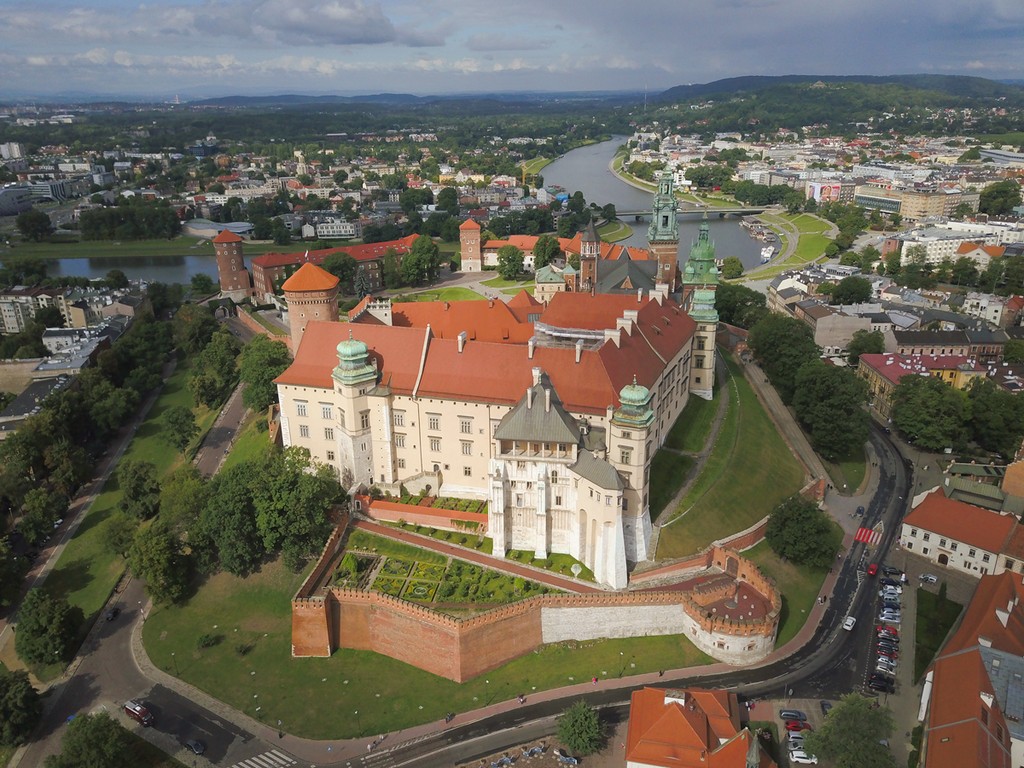
Wawel Hill (Source: Google Maps)
Wawel Hill is a culturally significant site in Krakow, home to the Royal Castle and Cathedral. This historic hill has been a symbol of Polish national identity for centuries, serving as the residence of kings and the site of important events in Polish history. The castle showcases a blend of architectural styles, from Romanesque to Renaissance, reflecting its long history. The adjacent Wawel Cathedral is where Polish monarchs were crowned and buried, featuring stunning chapels and a beautiful bell tower. Wawel Hill is a must-visit for anyone interested in Poland's royal heritage and cultural legacy.
Wawel Cathedral
Visit the iconic Wawel Cathedral, where Polish kings were crowned and buried, featuring a blend of architectural styles and historical significance.
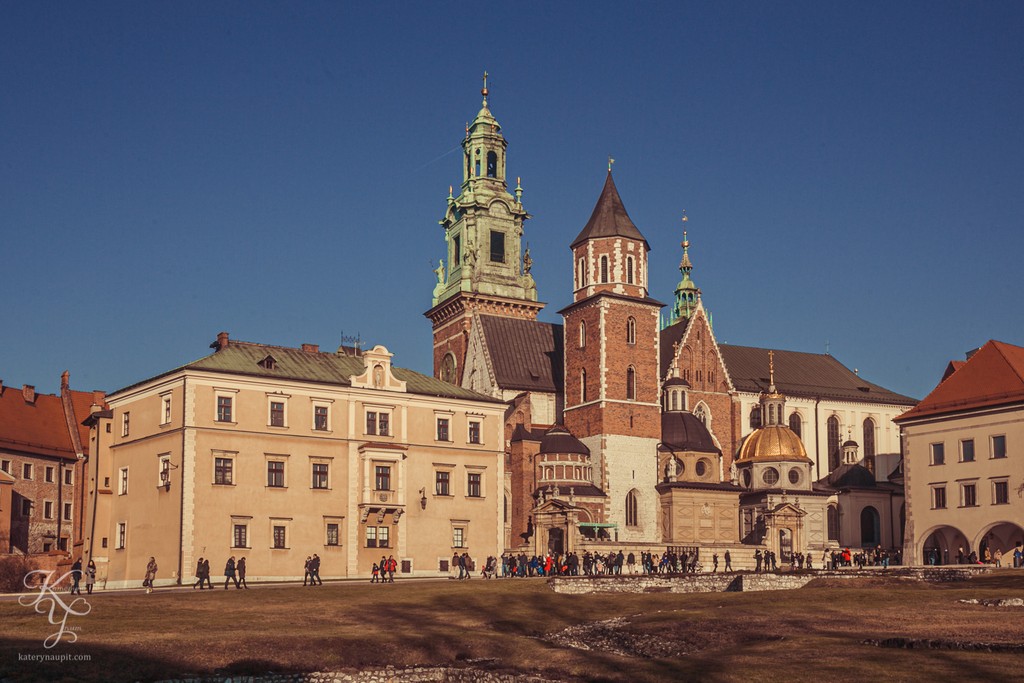
Wawel Cathedral (Source: Google Maps)
Wawel Cathedral is an architectural masterpiece and a key symbol of Polish history, located on Wawel Hill. It has served as the coronation site for Polish kings and is the final resting place for many important figures in Polish history. The cathedral features a mix of architectural styles, including Romanesque, Gothic, and Baroque, with stunning chapels and artwork throughout. Notable elements include the Sigismund Bell, one of the largest bells in Poland, and the intricate altarpiece. The cathedral is a significant pilgrimage site and a testament to Poland's rich spiritual and cultural heritage.
Dragon's Den (Smocza Jama)
Conclude your tour with a visit to the legendary Dragon's Den, a cave beneath Wawel Hill associated with Krakow's famous dragon legend.
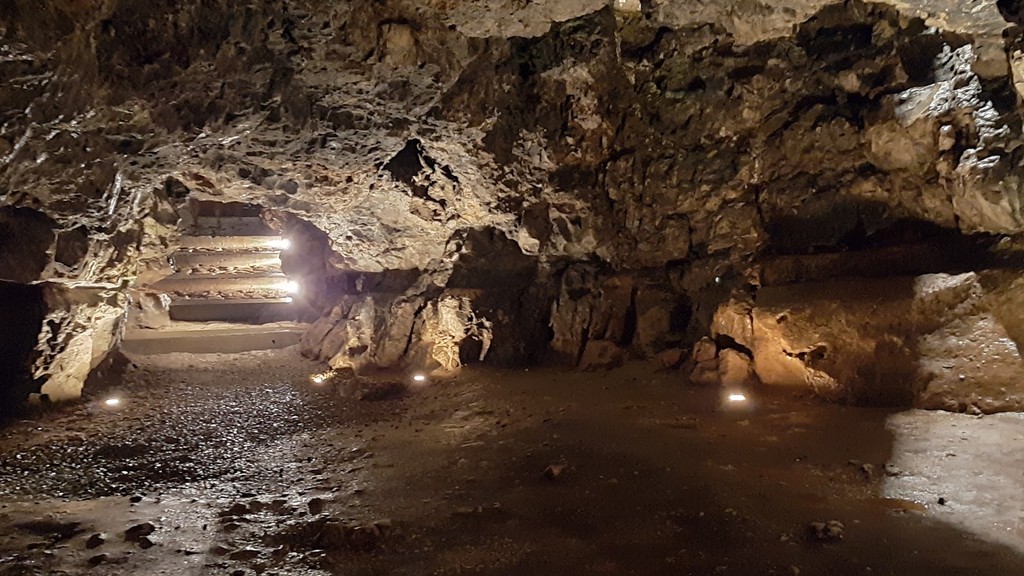
Dragon's Den (Smocza Jama) (Source: Google Maps)
The Dragon's Den is a legendary cave located beneath Wawel Hill, associated with the famous dragon legend of Krakow. According to the tale, a fearsome dragon lived in the cave and terrorized the city until it was outsmarted by a clever shoemaker who fed it a sheep filled with sulfur. The dragon ultimately met its demise, and a statue of the dragon now stands near the cave's entrance, breathing fire as a tribute to the legend. The cave itself is a fascinating geological formation and offers a glimpse into the medieval myths that shaped Krakow's cultural identity.

Your travels, your rules.
Create your own Free Walking Tours.
Set your preferences, distances and anything you want to do or see.
Completely free, no payment required.